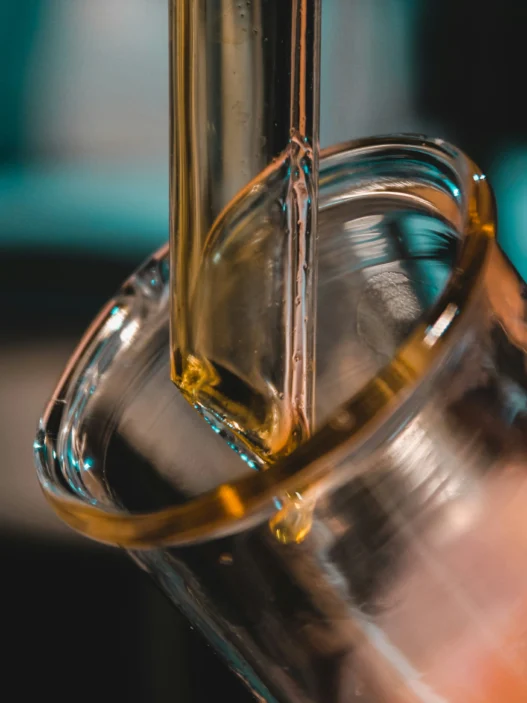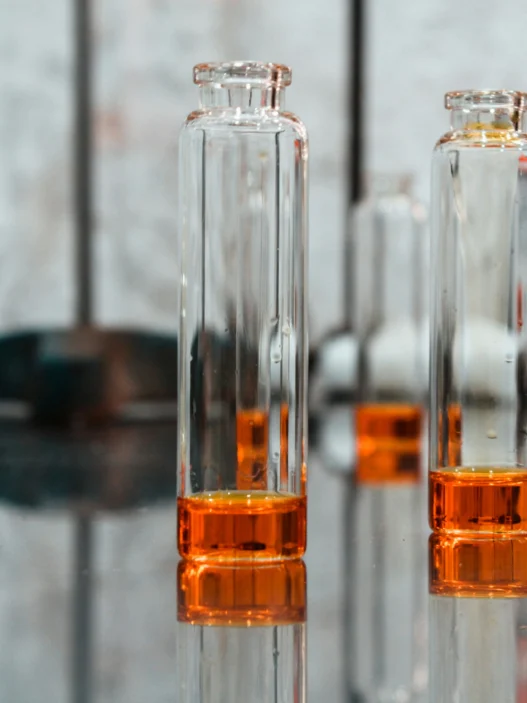Buflomedil is a vasodilator medication that is used to treat circulatory disorders such as Raynaud’s disease. While not a widely recognized drug in everyday conversation, Buflomedil plays a significant role in improving blood flow and reducing symptoms associated with these conditions. This medication may benefit individuals who experience issues related to poor circulation, ultimately enhancing their overall quality of life.
Table of Contents:
- 💡 Commercial Applications
- ⚗️ Chemical & Physical Properties
- 🏭 Production & Procurement
- ⚠️ Safety Considerations
- 🔬 Potential Research Directions
- 🧪 Related Compounds
💡 Commercial Applications
Buflomedil is commonly used in the commercial and industrial sectors for its vasodilator properties. Its ability to dilate blood vessels makes it a valuable component in the production of pharmaceuticals targeting cardiovascular health. Additionally, buflomedil is employed in the development of medical devices designed to improve blood circulation in patients.
In terms of drug and medication applications, buflomedil is utilized as a treatment for peripheral vascular diseases such as intermittent claudication. By increasing blood flow to the limbs, this medication helps alleviate the symptoms associated with reduced circulation. Furthermore, buflomedil has shown promise in the management of cerebrovascular disorders, offering potential benefits for individuals suffering from conditions affecting blood flow to the brain.
Overall, the commercial and industrial applications of buflomedil center around its vasodilatory effects, which are leveraged in the production of pharmaceuticals and medical devices. In the realm of drug and medication applications, this compound plays a crucial role in the treatment of peripheral vascular diseases and cerebrovascular disorders. With ongoing research and development, the versatile properties of buflomedil continue to offer new avenues for therapeutic interventions in vascular health.
⚗️ Chemical & Physical Properties
Buflomedil is a white crystalline powder that has a slight characteristic odor. It is typically found in a solid form at room temperature and can be easily dissolved in various solvents.
With a molar mass of approximately 275.38 g/mol and a density of around 1.15 g/cm3, Buflomedil is heavier than common food items such as sugar and salt. Its density is comparable to substances like olive oil and vinegar.
Buflomedil has a melting point of around 136-138°C and a boiling point of approximately 320°C. These values are significantly higher than those of common food items like water and butter, which have lower melting and boiling points.
Buflomedil is sparingly soluble in water, but it has a higher viscosity compared to most common food items. This property makes it less easily dissolved and more viscous than substances like sugar and salt in aqueous solutions.
🏭 Production & Procurement
Buflomedil, a vasodilator primarily used to treat peripheral vascular diseases, is produced through a series of chemical reactions. The synthesis of Buflomedil involves the condensation of 3,4-dihydroxybenzaldehyde with diethylmalonate, followed by cyclization and subsequent hydrogenation steps to yield the final product.
Buflomedil can be procured from pharmaceutical manufacturers who produce the drug in tablet form for oral administration. It can also be obtained from wholesalers who distribute bulk quantities of the drug to pharmacies and healthcare facilities. The procurement and transportation of Buflomedil typically involve strict adherence to regulations and guidelines set forth by health authorities to ensure quality and safety.
After production, Buflomedil is packaged into blister packs or bottles and then stored in warehouses or distribution centers before being transported to various destinations. The drug may be shipped domestically or internationally, depending on the market demand and regulatory restrictions. Proper handling and transportation practices are essential to maintain the integrity and efficacy of Buflomedil throughout the supply chain.
⚠️ Safety Considerations
Safety considerations for Buflomedil are important to keep in mind when using this medication. As with any pharmaceutical product, it is essential to adhere to dosage instructions provided by a healthcare professional or pharmacist. Buflomedil should be stored in a cool, dry place away from direct sunlight and heat to maintain its stability and efficacy. It is also crucial to keep Buflomedil out of reach of children to prevent accidental ingestion, which could result in harmful consequences.
Hazard statements for Buflomedil include potential eye irritation, skin irritation, and respiratory tract irritation. It is important to handle this medication with care to avoid exposure to the eyes, skin, or lungs. In case of contact with the eyes, rinse thoroughly with water and seek medical attention if irritation persists. If skin irritation occurs, wash the affected area with soap and water and discontinue use if symptoms worsen. Additionally, it is recommended to use Buflomedil in a well-ventilated area to minimize the risk of respiratory irritation.
Precautionary statements for Buflomedil emphasize the importance of wearing appropriate personal protective equipment (PPE) when handling this medication. This may include gloves, goggles, and a mask to prevent skin, eye, or respiratory irritation. It is advised to wash hands thoroughly after handling Buflomedil to minimize the risk of accidental ingestion or contact with mucous membranes. Additionally, it is recommended to dispose of any unused or expired medication properly according to local regulations to prevent environmental contamination.
🔬 Potential Research Directions
Research on Buflomedil, a vasodilator agent used primarily in the treatment of peripheral vascular diseases, has predominantly focused on its efficacy and safety profile. Given its potential role in improving blood flow and circulation, further investigations could explore its impact on various cardiovascular conditions, such as ischemic heart disease and cerebrovascular disorders.
Additionally, studies could delve into the potential neuroprotective effects of Buflomedil, particularly in the context of neurological conditions characterized by impaired blood flow, such as stroke. Understanding how Buflomedil interacts with the central nervous system could provide valuable insights into its mechanisms of action and aid in the development of novel therapeutic strategies.
Furthermore, there is growing interest in exploring the potential synergistic effects of Buflomedil in combination with other pharmacological agents, such as antiplatelet drugs or statins. Investigating the efficacy of these combination therapies could offer new treatment options for patients with complex cardiovascular comorbidities and enhance our understanding of the multifaceted benefits of Buflomedil in clinical practice.
🧪 Related Compounds
One compound similar to Buflomedil based on molecular structure is Pentoxifylline. Pentoxifylline is also used to improve blood flow and is classified as a xanthine derivative. It works by increasing the flexibility of red blood cells, allowing for easier movement through narrow blood vessels. This compound is commonly used to treat symptoms of peripheral artery disease and intermittent claudication.
Another compound structurally similar to Buflomedil is Cilostazol. Cilostazol is a phosphodiesterase inhibitor that works by widening blood vessels and preventing platelets from sticking together and forming blood clots. Like Buflomedil, Cilostazol is used to treat intermittent claudication and improve circulation in patients with peripheral artery disease. This compound is also known to increase walking distance and reduce leg pain in individuals with the aforementioned conditions.





